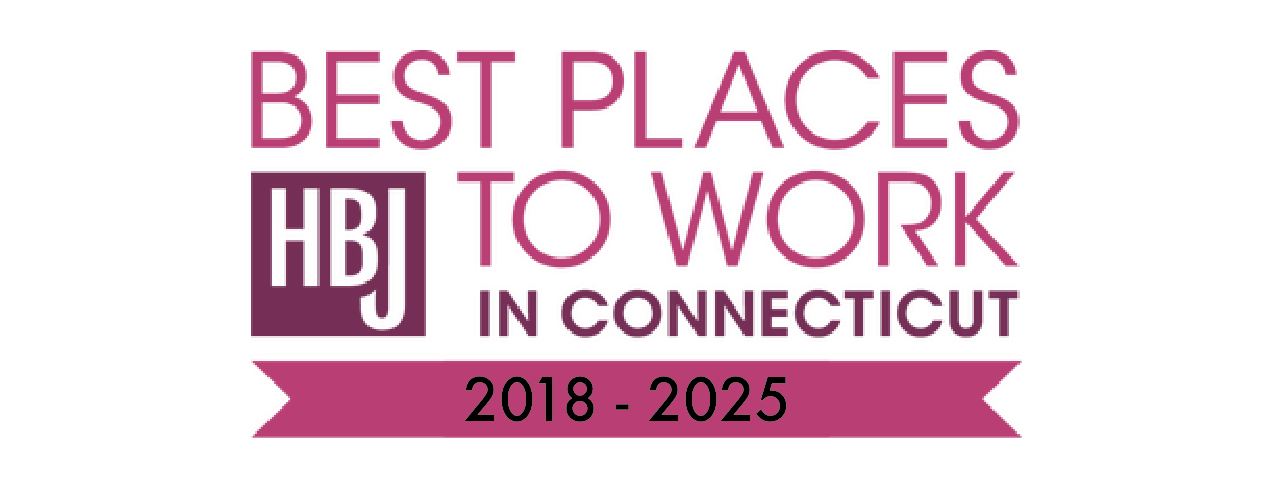Three Hackers Walk Into a Cafe... and Facetime Me
From the words of a Walker Employee...
"I Facetime with my sister and two-year-old niece all the time. It’s one of my favorite uses of technology, but when I answered their call on a recent Tuesday night, I was greeted by three strange men waiving at me
from an internet cafe. It was a real shock. I hung up, they called again. Each time, my sister’s photo came up on the screen which made it upsetting. I wondered, in an old-fashioned way – are the lines crossed? Could phone lines even be crossed in the age of cellular technology?! Then, I started to get texts and threats from her phone number. I couldn’t believe my sister or I had been hacked. I emailed my sister to not make contact with me over the phone for the time being. We both tested some things and turns out it was me they were after. A bit rattled, I began to dig in. "
How Was This Even Possible!?
"Come to find out, these hackers spoofed my sister’s old work number
which was still in my phone under her name. They had enough information to piece together our relationship and then make easy contact with me because, of course, I would answer her call."
But Why Was I Targeted?
"A friend of mine in digital forensics ran my information for me. She came back with many hits for my information on a variety of stolen lists on the dark web. I suppose I expected some of my info to be out there; after all, I was involved in the Equifax data breach -- but who wasn’t? The surprising thing were the accounts that I never think twice about that were out there.
My Pinterest
account? What could be useful to a hacker on that? My inspiration for Thanksgiving decor?! My LinkedIn
account? OK, sure, my name and job history are posted, but I don’t make purchases on their platform – doesn’t seem like valuable information worth stealing. My Twitter
account? I barely use it. What are hackers going to do, troll people under my name? The value of these accounts was confusing to me. Regardless, here were three of my accounts with logins and passwords posted online from less publicized data breaches."
The Deep, Dark Web.
"Until this experience, little did I know that there are people working to package and sell digital identities online. They are not just looking for your name and credit card on one list from a big breach; they are looking to compile your name and personal information
across many stolen lists and multiple data breaches. They are packaging a more robust digital profile to sell
on the deep or dark web. These profiles are worth decent bucks because they are real identities, not just one-offs on a leaked list. The more accounts and information per identity, the more lucrative the sale.
I am relaying my experience here not to get into the technical aspects of how these hackers got in. I can’t know for sure how they pieced enough things together, but I learned a lot while trying to uncover what may have happened and re-secure my phone and online accounts."
Protect Yourself.
Here are some steps you can take proactively to protect your online identity:
- Turn on Multi-Factor Authentication (MFA) for all of your accounts! Start with your email and banking accounts. Then, yes, do it for Pinterest, turn it on for LinkedIn, Facebook, Instagram. Don’t assume that an app or account isn’t valuable in some way to a hacker.
- Change your passwords regularly! Make sure they are complex.
- Do a review and deep clean of your online accounts. Don’t use Twitter anymore? Cancel it! Remember that blog you started years ago and abandoned? Delete it!
- Purge the apps on your phone that you are not regularly using.
- Check your credit report. If you are involved in a data breach, sign up for their free monitoring offer or pay for your own service. (I know, I know, that’s another account to manage!)
- Rinse and repeat.
Modern Life.
Security
– whether for personal or business -- is constantly changing. Just because you set up a strong password
when you first joined Facebook, doesn’t mean that your work ends there. Review your online presence
at least annually and add new security tools
as they are developed. This is what’s required of us now in our modern, digital lives.
written by:
Diana Sutcliffe
Diana Sutcliffe, Billing & Contracts Manager at The Walker Group, has a background in finance and business operations. Her wide-ranging interests include IT and cybersecurity news, current events and applied information technology. She is especially interested in the impact of technology on modern, human life.
WE ARE PROUD TO BE
More Recent News

WHERE PURPOSE MEETS IMPACT We are excited to release our 2025 Impact Report , a look at how our social enterprise model is empowering the community, supporting our clients, and investing in our team. As a Perpetual Purpose Trust, we’re committed to proving that purpose-driven business can lead the way. Thank you to the people and partnerships that make it all possible.

We’re thrilled to shine this month’s employee spotlight on Patrick Burke , who was recently promoted to OnCall Supervisor ! Patrick has been an essential part of The Walker Group Help Desk team for the past three years, offering reliability and flexibility to the team all while elevating the level care given to our clients. This promotion is a well-earned milestone and a reflection of Patrick’s hard work, leadership, and dedication to supporting both our clients and his teammates. To celebrate, we sat down with him to learn more about life outside the office, what inspires him in his work, and what he enjoys most about being part of the ever-evolving world of IT. Meet Patrick!






